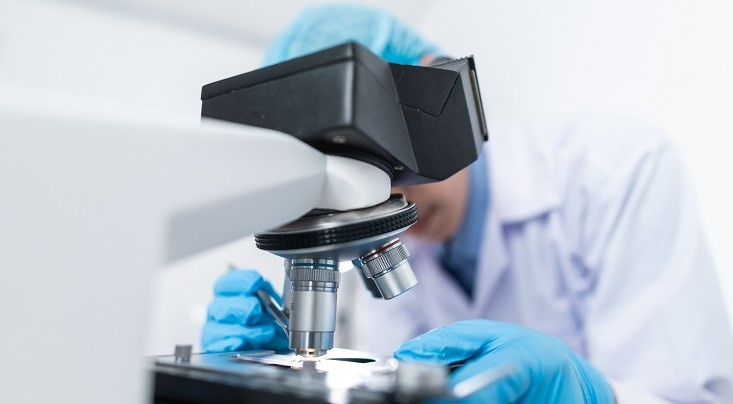RECENT evidence has revealed how environmental bacteria have adapted to live inside humans as the oral microbiome. These bacteria have many systemic effects that impact our health, in ways that scientists are yet to fully understand. This particular study comes from a collaboration between Xuesong He of the Forsyth Institute, Massachusetts, USA and Jeffrey S. McLean, University of Washington, USA, and focuses on a particular bacteria of the Candidate Phyla Radiation (CPR) group.
CPR bacteria are ultramicroscopic bugs that adapt to develop a distinctive symbiotic relationship with their host bacteria. Notoriously difficult to culture in the lab, the only member of the CPR group to have been cultivated and analysed are the TM7 bacteria, by He himself in 2014. He and McLean have since created a new model system in an attempt to further analyse isolated human TM7, known as TM7x, and gain an in-depth understanding of this peculiar lineage.
TM7x and its host, Actinomyces odontolyticus, were tested in the model to analyse how TM7 bacteria, usually found in soil and groundwater, has developed to live inside humans. This empirical data was used alongside previous genomic studies to assess the hypothesis. These studies concluded that TM7 bacteria found in the oral microbiome are unique, yet have an almost identical genome to those found in other environments. Those found in human mouths were seen to have developed a gene cluster that encodes the arginine deaminase system (ADS). While intriguing, researchers postulated that the acquisition of this system is an evolutionary advantage to TM7x, enabling it to thrive in the human oral cavity.
Jing ‘Janet’ Tian, the leading author of the study, discovered that the presence of ADS allows TM7x to break down arginine, thereby increasing the availability of ATP and ammonia. The augmented presence of these compounds increases the infectivity of TM7x while preventing acid stress, a common occurrence in bacteria living in the human oral microbiome. “We are still in the early stages of understanding how each of the many different types of these ultrasmall parasitic bacteria, which we basically just uncovered within humans, are impacting health and disease,” noted McLean. This research is a major contribution to the evidence of the protective role of TM7 in oral health.








